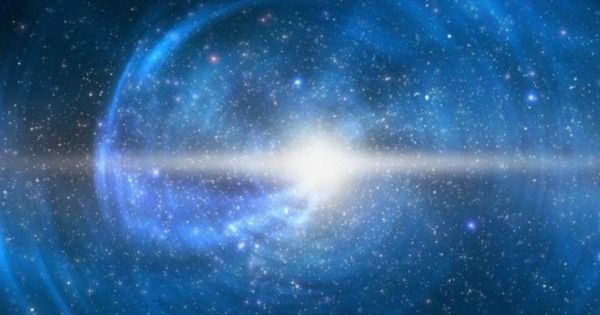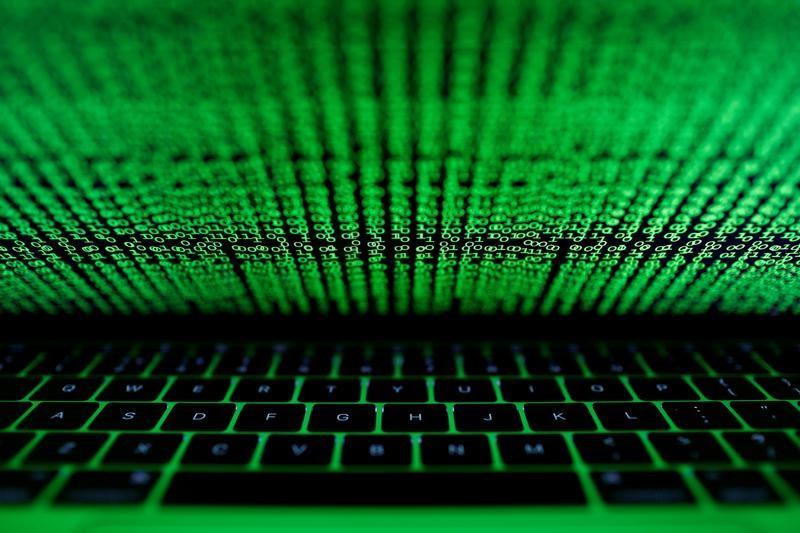Paris Olympic organizing committee considers adding video games to the 2024 Olympic ceremonies.



Here’s one of the most intriguing — and consequential — theories circulating inside the White House: The generals, the New Yorkers and Republican congressional leaders see themselves as an unofficial committee to protect Trump and the nation from disaster.
This loose alliance is informal. But as one top official told me: “If you see a guy about to stab someone with a knife, you don’t need to huddle to decide to grab the knife.”
The theory was described to Jim VandeHei and me in a series of private chats with high-ranking officials:

There is a growing list of aging biomarkers available to researchers that help them measure how well someone is aging and assess how aging interventions are working in preclinical testing.
Some clinical biomarkers, such as DNA methylation and telomere length, are commonly used in labs. Other biomarkers, such as blood pressure, grip strength, heart rate variability, visual reaction time, and decision reaction time, are non-invasive and easy to test.
Currently, DNA methylation is generally regarded as the gold standard for aging biomarkers, although new techniques, such as cell functional age, are attempting to challenge that. The sensible choice, of course, would be to combine both methods to further improve the accuracy of results.

A new interview I did on my transhumanist California Governor run:
On August 4th, Zoltan Istvan joined Merion West’s Erich Prince for an interview to discuss his campaign for Governor of California. Running in this race as a Libertarian, Mr. Istvan previously ran in the 2016 presidential election as a member of the Transhumanist Party. Working previously for National Geographic, Mr. Istvan is well-known for his writings on transhumanism, the movement that aims to improve human life and extend longevity through science. A pillar of his campaign for Governor of California includes a proposal for implementing universal basic income.
Erich Prince: Mr. Istvan, thank you for joining us this morning. Could you start by explaining the connection that you see between transhumanism, the movement you’re so involved with, and libertarianism?
Zoltan Istvan : The transhumanism and libertarian movement are connected through this concept called Morphological freedom. Morphological freedom is the idea that you should be able to do anything with your body that you want to do, as long as it doesn’t hurt someone else. It’s a core transhumanist concept. Of course, it’s also a core libertarian concept. It’s the idea that your body belongs to you; it’s part of the non-aggression principle, and because of that single issue, transhumanism and libertarianism have always been connected. As a result, when the movement first began, it was very libertarian-oriented, and I still find it very libertarian-oriented, especially when it comes to government staying out of the way of people wanting to do science and not face interference.
Whether it is something radical like taking off your arm and putting a new robotic arm, or whether it’s just the idea of using genetic therapies to modify oneself, including augmenting intelligence, or whatever it is, we just simply believe that the government ought not be involved in that process. Of course, this is also libertarianism in a nutshell, even if, in this case, it concerns transhumanist research and technology.

Among the demands of Wednesday’s rallies was the allocation at least three percent of the GDP to scientific and technological research and 10 percent towards education, a statement by the march organisers said.
People across 25 cities join scientists in demanding more funding for research and promotion of scientific temper.
Laurin-Whitney Gottbrath 09 Aug 2017 20:19 GMT Asia, India, Science, Science & Technology.

A team of physicists from the UK and Canada have provided a simulation that supports the theory that our universe did not start out the way the Big Bang model proposes, but rather expanded to its current state after a period of contraction—a cycle dictated by the Big Bounce Theory.
The Big Bounce theory states that the universe follows a cycle of contraction and expansion, repeated infinitely. According to this theory, the universe did not begin with a violent explosion, but rather formed as a previous universe expanded or “bounced” back collapsing during the contraction phase of this endless cycle.

BEIJING (Reuters) — China has sent an “unbreakable” code from a satellite to the Earth, marking the first time space-to-ground quantum key distribution technology has been realized, state media said on Thursday.
China launched the world’s first quantum satellite last August, to help establish “hack proof” communications, a development the Pentagon has called a “notable advance”.
The official Xinhua news agency said the latest experiment was published in the journal Nature on Thursday, where reviewers called it a “milestone”.
Nextbigfuture wrote about the designs for an improved nuclear thermal rocket by John Bucknell. John has worked as a senior engineer on the SpaceX Raptor rocket. John provides high quality qualified work to his rocket designs and to his proposed space habitat.
Nextbigfuture comments had some technical observations about Project Timberwind and a comment from John himself that his design improves on flaws in the last major nuclear thermal rocket experiments. There were also comments and discussion about Star Trek and communism and O’Neill space stations.
Reddit futurology had two comments. One positive comment by the submitter and a negative comment complaining that the factual title was hype./a The title was trying to condense the concept that John’s habitat would have full Earth gravity and full radiation shielding. Colonies on the surface of Mars would have 38% of Earth gravity and colonies on the surface of the moon would have 16% of Earth gravity. Living in the current International space station is a microgravity environment with more radiation. It is well known that long term exposure to lower gravity is a problem. Muscles weaken bones thin out stress is placed on blood vessels Serious effort is needed to exercise while in low gravity to reduce effects and physiotherapy is needed to recover from the stays in orbit or on the Moon where there is low or no-gravity. Yet the title “Constructing full earth like conditions in Space with technology proven in the sixties” is claimed to be hype.